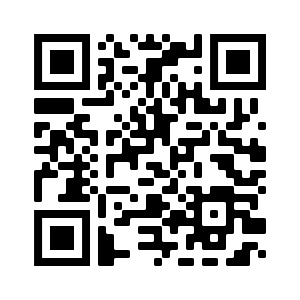Key Features
- Rapid dieback
- Leaves attached to dying limbs
- Groups of dead trees
Symptoms
The most obvious symptoms of this disease are rapid wilting and browning of leaves on a central limb, with wilted foliage clinging to the dead branches. Symptoms tend to develop with the onset of summer stresses. Beetle exit holes are extremely tiny and difficult to see. Small, dark stained cankers lie just under the bark and may be visible when a thin layer of bark is removed. The bark does not slough off the trunks of walnuts killed by TCD, and mortality may occur in groups. Conclusive diagnosis of TCD requires laboratory testing. Trees are likely infested for up to ten years before showing initial symptoms, but once symptoms appear, decline and death are rapid (usually within 3-4 years).
Biology
The flying adult walnut twig beetle carries a canker-causing fungus from infected to healthy trees. Large groups of adult beetles attack stressed trees. These beetles dig tunnels just beneath the bark surface where they mate and reproduce. Each beetle attack produces a separate darkly stained fungal canker. The fungus cuts off the tree's circulatory system and the beetle feeds on the fungus. Eventually cankers grow together and cut off nutrient flow.
Management Recommendations
There are no known chemical controls for the beetle or fungus, and it remains unclear if walnuts can be effectively protected from the fungus carrying beetle with systemic insecticides. Therefore we do not recommend treatment of your trees at this time. Many states prohibit importation of untreated walnut wood products from other states. Removal and destruction by burning or burial of infested trees is the only practice used in infested states to slow spread of the disease. If you suspect a walnut is suffering from TCD, please send a sample to your state plant clinic. Links to your local plant clinic are available at the "i" (information) button on the front page of this app. If you find this pest in Indiana, please use the "useful links" button on the homepage of the detailed information about this pest to report your find to local authorities via the "Report TCD Here" link as walnut twig beetle or call 1-866-NO-EXOTIC.
Effective Pesticides
Pesticides are neither available nor recommended for managing this disease.
Resources
- Report this pest
- For more information about invasives, visit https://ag.purdue.edu/reportinvasive/
- Not satisfied with ID? Contact the Purdue Plant and Pest Diagnostic Lab
- Sign Up for the Purdue Landscape Report


